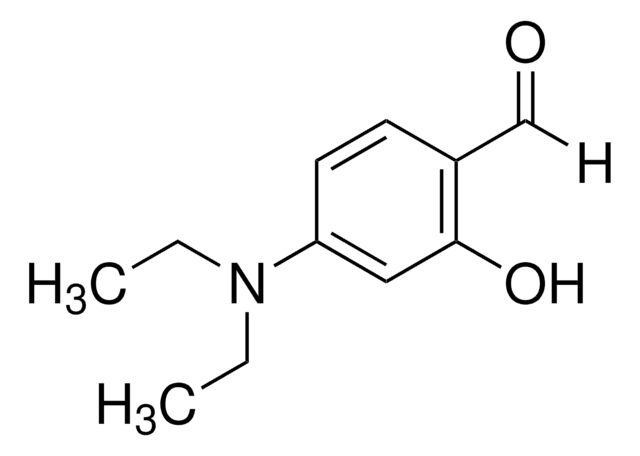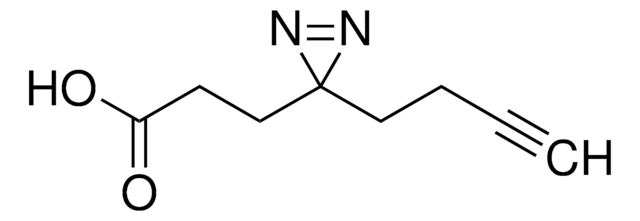Wichtige Dokumente
908576
WinterGreen photocage
≥95%
Synonym(e):
(1,3,5,5,7,9-Hexamethyl-dipyrrolo[1,3,2]diazaborinin-10-yl)methanol, 4,4′-Dimethyl-8-hydroxymethyl-1,3,5,7-tetramethyl-4-bora-3a,4a-diaza-s-indacene, BODIPY photocage, Imidazole-protected BODIPY alcohol
About This Item
Empfohlene Produkte
Assay
≥95%
Form
powder or crystals
Lagertemp.
2-8°C
Anwendung
Sonstige Hinweise
Rechtliche Hinweise
Ähnliches Produkt
Lagerklassenschlüssel
11 - Combustible Solids
WGK
WGK 3
Flammpunkt (°F)
Not applicable
Flammpunkt (°C)
Not applicable
Hier finden Sie alle aktuellen Versionen:
Analysenzertifikate (COA)
Die passende Version wird nicht angezeigt?
Wenn Sie eine bestimmte Version benötigen, können Sie anhand der Lot- oder Chargennummer nach einem spezifischen Zertifikat suchen.
Besitzen Sie dieses Produkt bereits?
In der Dokumentenbibliothek finden Sie die Dokumentation zu den Produkten, die Sie kürzlich erworben haben.
Verwandter Inhalt
Research in the Winter lab focuses on the development of new chemical tools for biological and medical applications. Philosophically, we take the view that many problems in biology are at heart problems in mechanistic physical organic chemistry
Unser Team von Wissenschaftlern verfügt über Erfahrung in allen Forschungsbereichen einschließlich Life Science, Materialwissenschaften, chemischer Synthese, Chromatographie, Analytik und vielen mehr..
Setzen Sie sich mit dem technischen Dienst in Verbindung.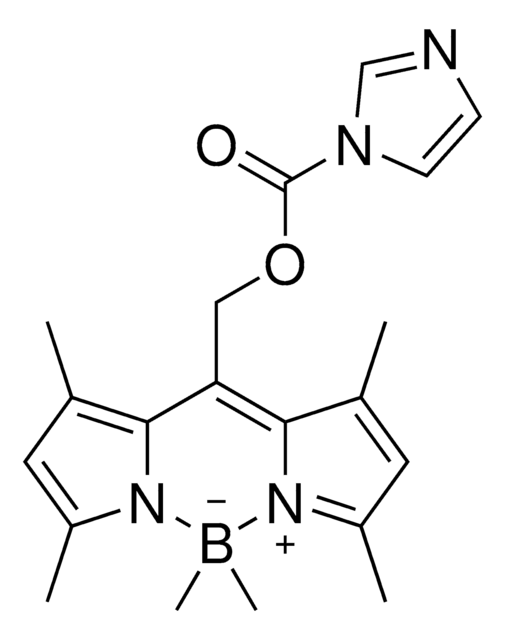
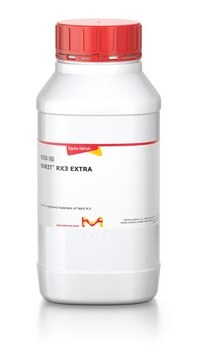
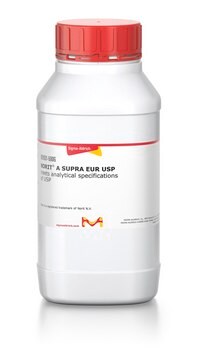
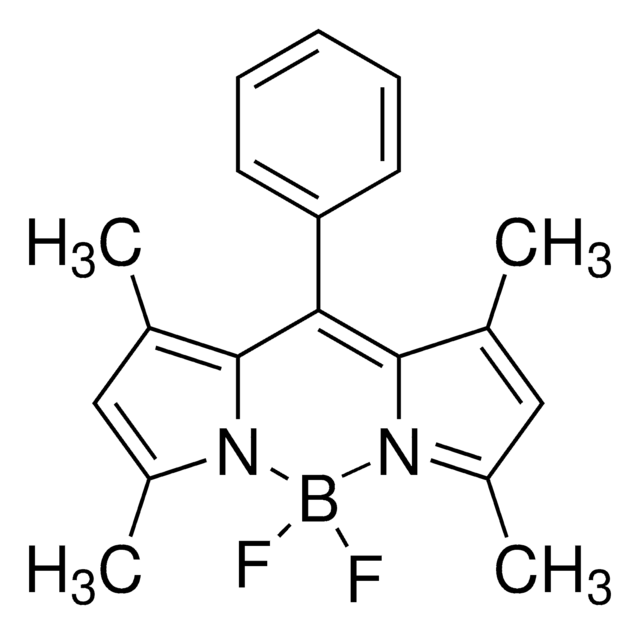
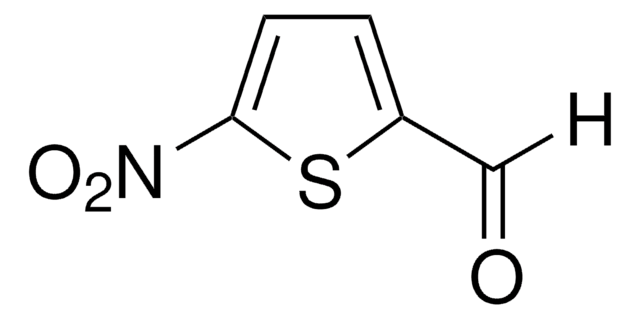

![Difluoro{2-[(3,5-dimethyl-2H-pyrrol-2-ylidene-N)methyl]-3,5-dimethyl-1H-pyrrolato-N}boron 99% (HPLC)](/deepweb/assets/sigmaaldrich/product/structures/518/861/c19c64be-654e-472e-a069-30ffccb1a8cd/640/c19c64be-654e-472e-a069-30ffccb1a8cd.png)
